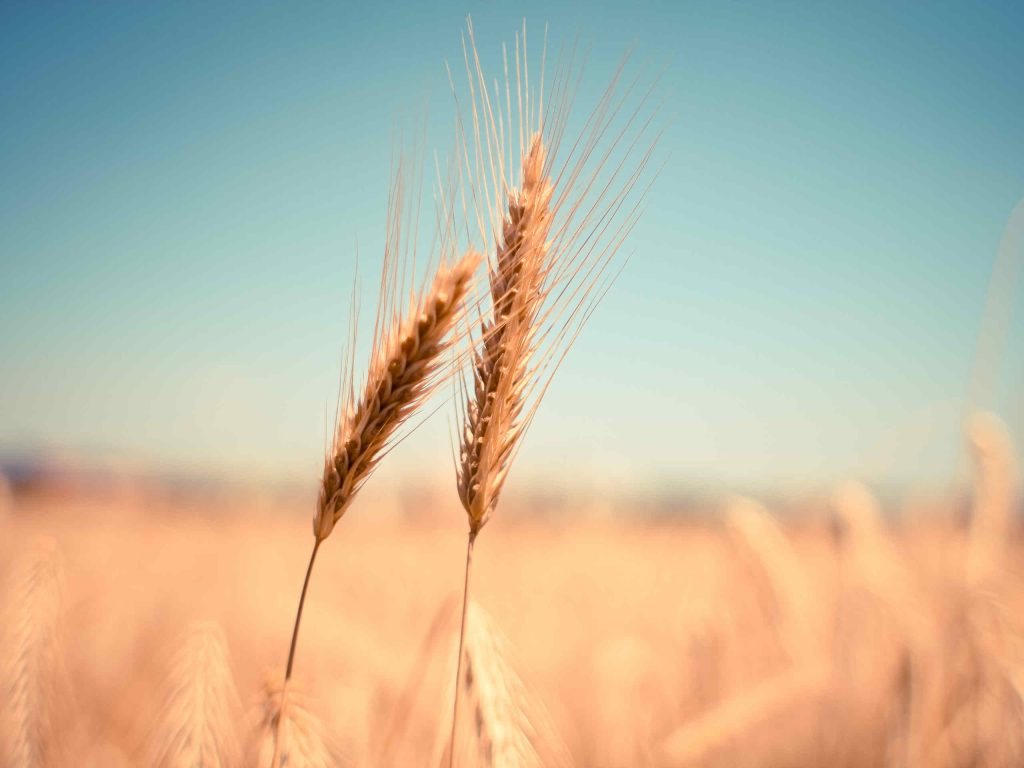
Hanni Rützler’s Food Report 2023 regrettably refers to the pandemic and the war in Ukraine, which are having an impact on the entire food industry and therefore on the hotel and restaurant sector.
A healthier planet at last! “Regenerative food”, a trend that offers a way out of the crisis that continues to exist alongside the pandemic and the war in Ukraine: the climate crisis. Regenerative food production can reduce greenhouse gas emissions by reducing dependence on synthetic fertilizers and creating healthy soils with high organic matter content and greater microbial diversity.
Regenerative methods can also be well adapted to different local conditions in conventional agriculture. These include the use of different plant varieties and cover crops, agroforestry and so-called rotational grazing, where cattle, sheep and goats only graze for certain periods of time to give the pasture plants and soil time to recover. Healthy soils help to restore the natural carbon cycle and increase the soil's ability to sequester carbon and thus combat climate change.

Imola is much more than just a race track: the city combines top-class cuisine, cultural monuments, and traditional producers to create an experience that delights connoisseurs, Italy fans, and curious travelers alike. From 2-star gastronomy at Ristorante San Domenico to creative pizza experiences and slow food osterie to historic libraries, palazzi, and award-winning wineries: this guide shows you the best places for cuisine, culture, and shopping—authentic, high-quality, and with real added value for your next visit to Imola.
The two-star Berlin restaurant Horváth returns to Vienna in early 2026 with an exclusive pop-up, presenting an uncompromising new menu based on “emancipated vegetable cuisine.” For two weeks, Sebastian and Jeannine Frank’s team will take over the Herzig restaurant and serve a 7-course menu that shows how innovative, precise, and luxurious vegetables can be today. A culinary highlight for foodies, fine dining fans, and anyone who doesn’t want to miss Austria’s most exciting pop-up experience of 2026.
This time, Sebastian Frank is taking an even more uncompromising approach, with a new menu and a clear message: vegetables can be luxurious – even without caviar.
With the opening of its new distillery in Mosbach, Aromahopping is sending a strong signal about the future of artisanal spirits. Between extraordinary gin compositions, creative tastings, and a high-caliber supporting program, it became clear what makes the Odenwald brand so special: attention to detail, curiosity about new flavors, and a passion for honest craftsmanship.


Hanni Rützler’s Food Report 2023 regrettably refers to the pandemic and the war in Ukraine, which are having an impact on the entire food industry and therefore on the hotel and restaurant sector.